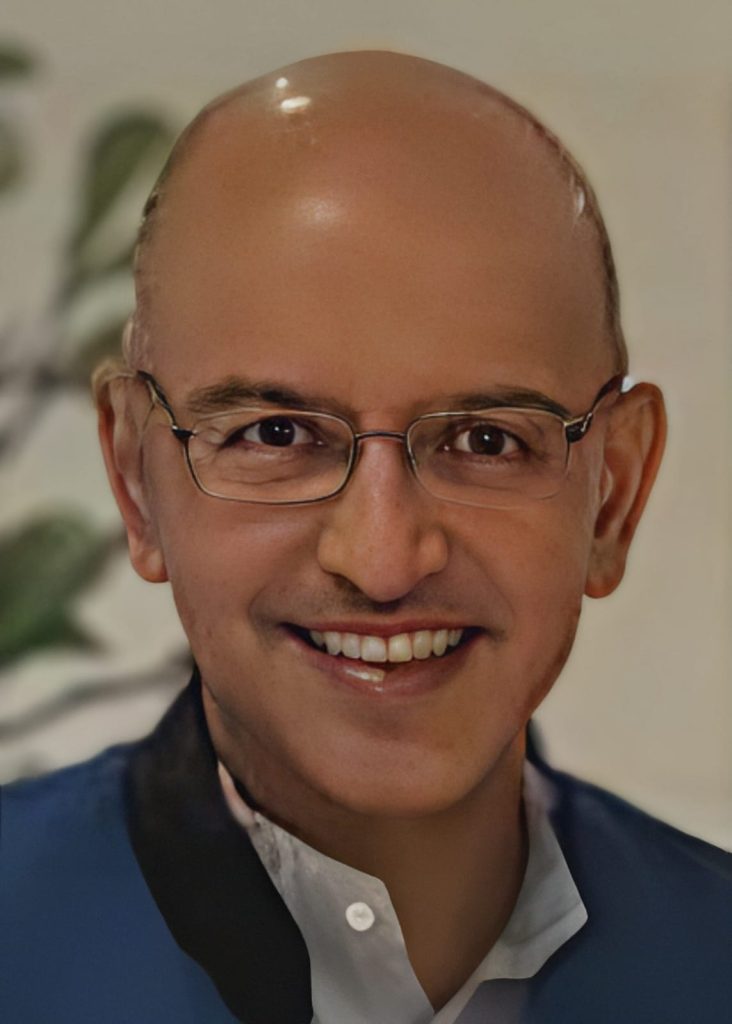 Mr R Rajaram, advisor to the Tamil Language council, talks about the ‘Tamil Language Festival Spearheaded by the Tamil Language Council: Initial planning, implementation, impact and influence.
Mr R Rajaram, advisor to the Tamil Language council, talks about the ‘Tamil Language Festival Spearheaded by the Tamil Language Council: Initial planning, implementation, impact and influence.
He served as the secretary of TLC, when it was first started in 2000, and as the president from 2013 to 2019.
Currently the Tamil Language Festival 2024 is on from March 30th to April 28th 2024.
1. When and why was the idea of the Tamil Language Festival Spearheaded by the Tamil Language Council floated?
The idea of the Tamil Language Festival Spearheaded by the Tamil Language Council in Singapore was floated in 2007 by the then-Minister S Iswaran and government leaders The purpose of the festival was to promote the Tamil language and culture among Singaporeans, particularly among the younger generation, to ensure the continued vitality and relevance of the language in Singapore’s multicultural society. The festival aimed to celebrate the richness of the Tamil language through various activities, including workshops, performances, and exhibitions.
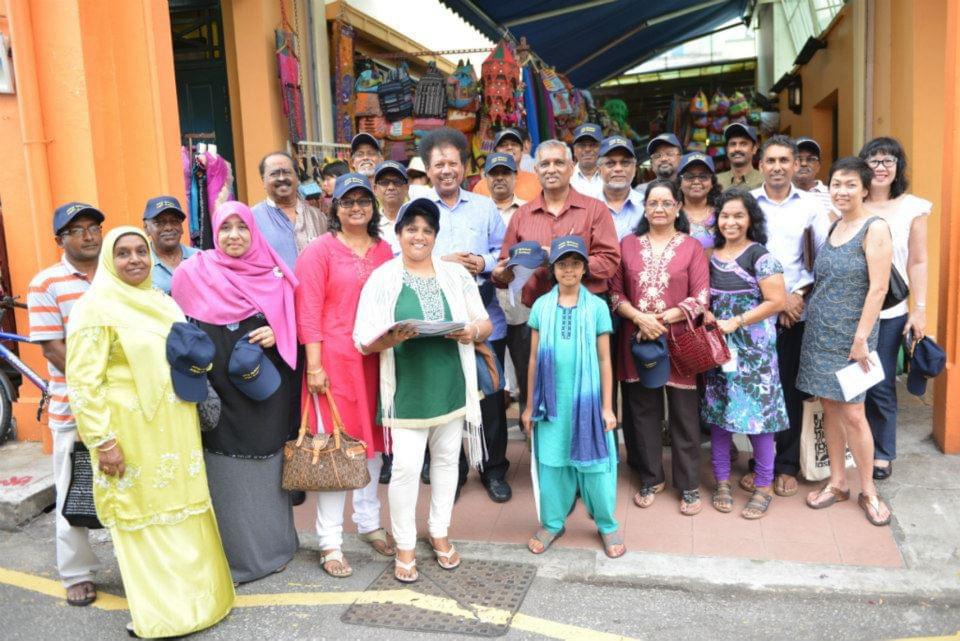 2. What were the challenges in the initial planning?
2. What were the challenges in the initial planning?
To organise a large scale festival requires careful planning and co-ordination. Initial planning of the Tamil Language Festival Spearheaded by the Tamil Language Council, too faced several challenges of a similar sort.
Resource Allocation: Securing the necessary resources, both in terms of funding and manpower, was a challenge, especially if there were competing priorities or limited budgets.
Community Engagement: It required extensive outreach efforts to ensure participation and to generate interests from and among the Tamil-speaking community in Singapore and other stakeholders such as schools, cultural organizations and government agencies, as their participation is crucial. Fortunately, those we approached were very positive and encouraging towards our efforts
Program Development: Developing a diverse and engaging program that appeals to various demographics, while staying in line with the objectives of promoting the Tamil language and culture was another challenge. Balancing traditional elements with contemporary ones to attract a wide audience also required careful curation.
Logistics: The multi-day festival usually include – venue selection, event scheduling, transportation, accommodation and others. Ensuring smooth operations and coordination of these logistics among various stakeholders was essential for the success of the event.
Promotion and Publicity: It is crucial to reach the target audience and generate awareness and excitement about the events. In order to do that, it was important tha there was effective promotion, developing comprehensive marketing strategies and leveraging various communication channels to reach diverse segments of the population.
Overall, overcoming these challenges required strong leadership, collaboration among stakeholders, and careful planning and execution to ensure the success of the Festival in Singapore.
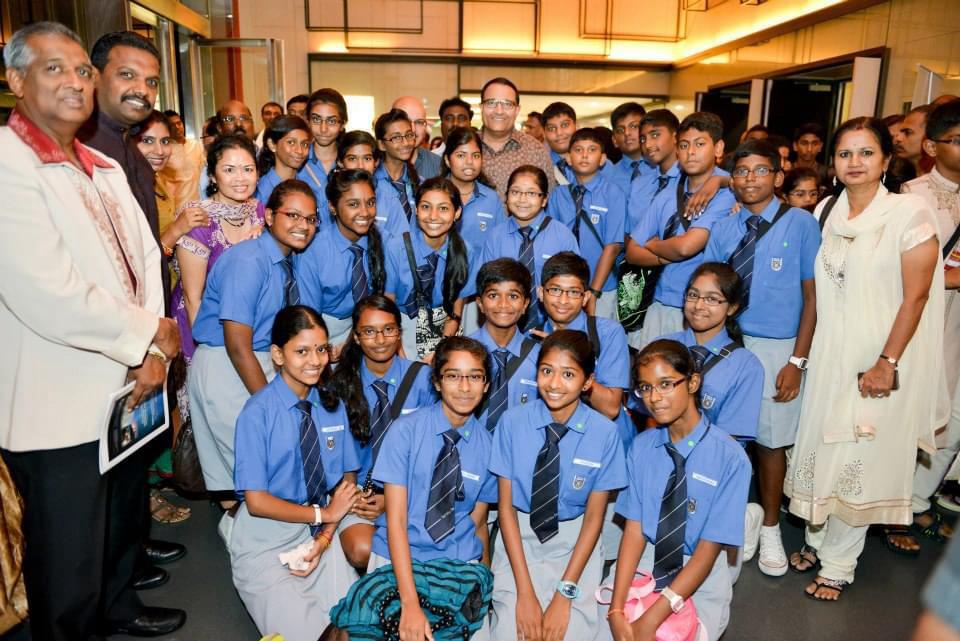 3. What were the elements that were part of the festival then?
3. What were the elements that were part of the festival then?
The typically included a variety of elements aimed at promoting the Tamil language and culture. Some of the elements that were part of the festival include:
Workshops and Seminars: Educational workshops and seminars focusing on various aspects of the Tamil language, literature, history, and culture, targeting various demographics. The topics spanned around language learning techniques, Tamil literature appreciation and cultural heritage.
Cultural Performances: It included traditional and contemporary performances showcasing Tamil music, dance, drama, and other art forms. These performances provided a platform for artists to showcase their talent and entertain festival attendees while celebrating Tamil culture.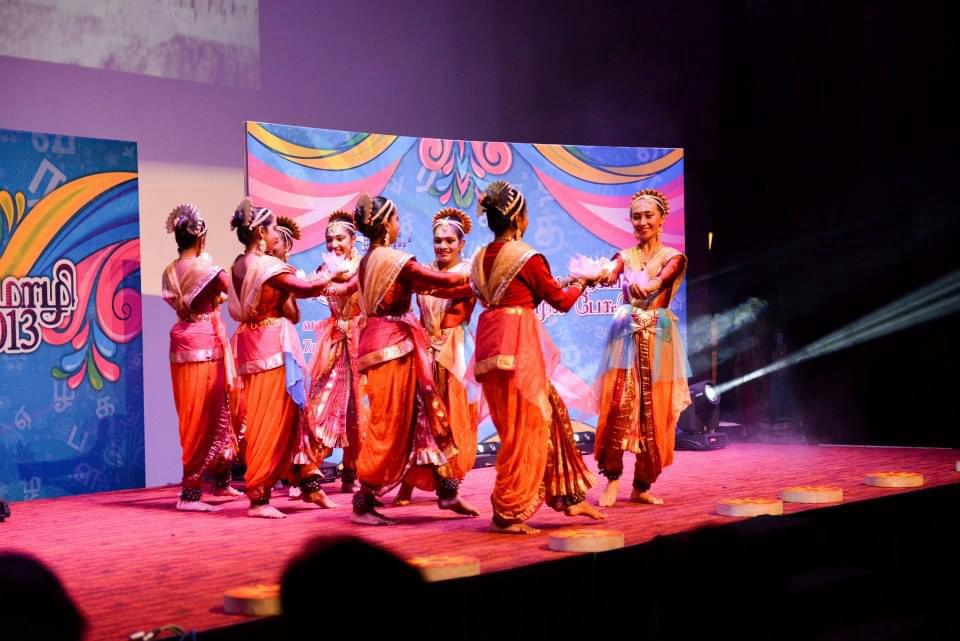
Language Competitions: Competitions and contests were designed to promote proficiency in the Tamil language among students and the general public. These may include spelling bees, essay writing competitions, debate competitions, and storytelling contests.
Cultural Workshops: Hands-on workshops and demonstrations offering participants the opportunity to learn traditional Tamil arts and crafts, culinary skills, and other cultural practices. These workshops provided a hands-on experience and allow attendees to immerse themselves in Tamil culture.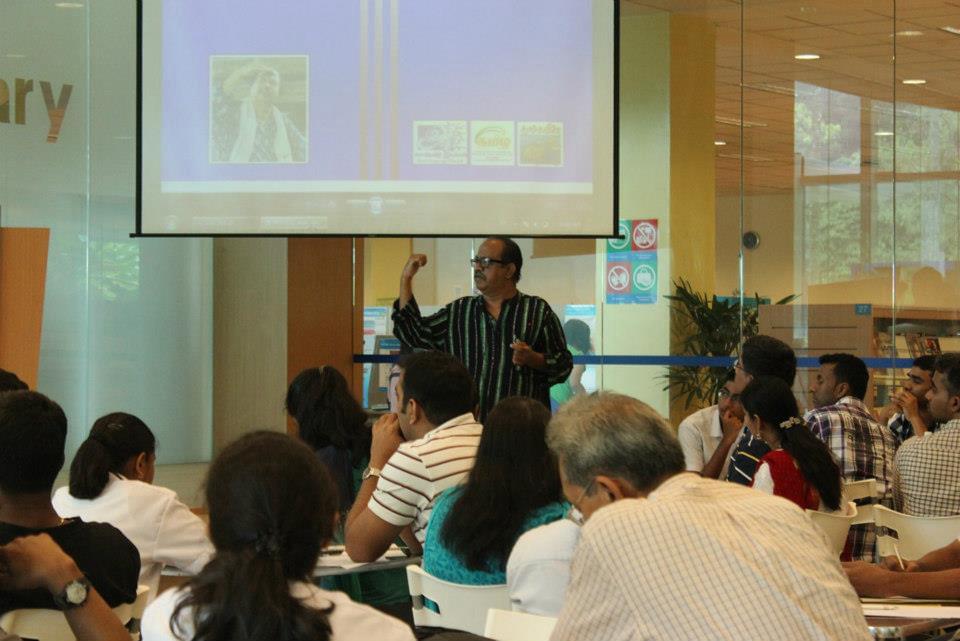
Interactive Activities: Interactive activities such as language games, quizzes, storytelling sessions, and cultural quizzes designed to engage festival attendees of all ages and backgrounds. These activities foster a sense of community and camaraderie while promoting learning and appreciation of the Tamil language and culture.
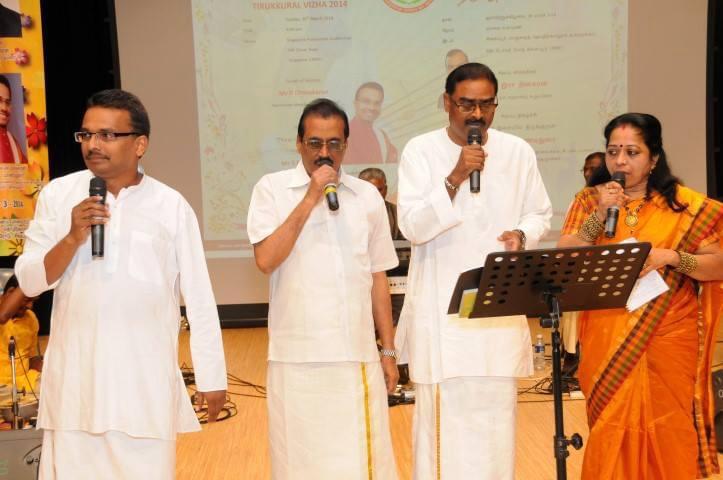 Community Engagement: Opportunities for community engagement and networking, included panel discussions, forums, and networking sessions bringing together educators, community leaders, language enthusiasts, and members of the Tamil-speaking community. These platforms facilitated dialogue, exchange of ideas, and collaboration to further promote the Tamil language and culture in Singapore.
Community Engagement: Opportunities for community engagement and networking, included panel discussions, forums, and networking sessions bringing together educators, community leaders, language enthusiasts, and members of the Tamil-speaking community. These platforms facilitated dialogue, exchange of ideas, and collaboration to further promote the Tamil language and culture in Singapore.
These elements, among others, contributed to the vibrant and enriching experience of the Festival, serving its objectives of promoting linguistic diversity, cultural understanding, and appreciation within the community.
4. Did the festival reach the public as expected?
Yes. Though in the initial years it was a shorter version of the current Festival with about 10 programmes and 10 partners with and less variety of programmes, it had its own impact.
5. How did the target audience react/enjoy then?
It was popular and well supported from the word “Go.” There was a lot of good will and encouragement for a festival such as this.
6. Who are the other parties that were part of the celebrations then?
The key partners included Narpani, Association of Singapore Tamil Writers, Tamil Language Learning Promotion Committee and Kavimalai among others.
7. What are the initiatives/developments over the period of time?
There has been a remarkable growth and development of the Festival. A larger number of programmes (i.e) about 45 is taking place now, which means it is facilitating a wider reach
2) More partner organisations are joining hands now
3) an emphasis on youth oriented prgramms is also taking place, highlighting the fact that the youth are showing interest in organising the events.
Since 2014, the launch has been continuously streamed live in the Vasantham channel, which beams the start of the Festival globally.
8. Who are the other main parties involved as part of the festival now?
Tamil Language and Learning Promotion Committee, Vasantham, NUS, NTU Tamil student organisations, many Tamil organisations and some Indian/Tamil art schools have been partners of the festival now.
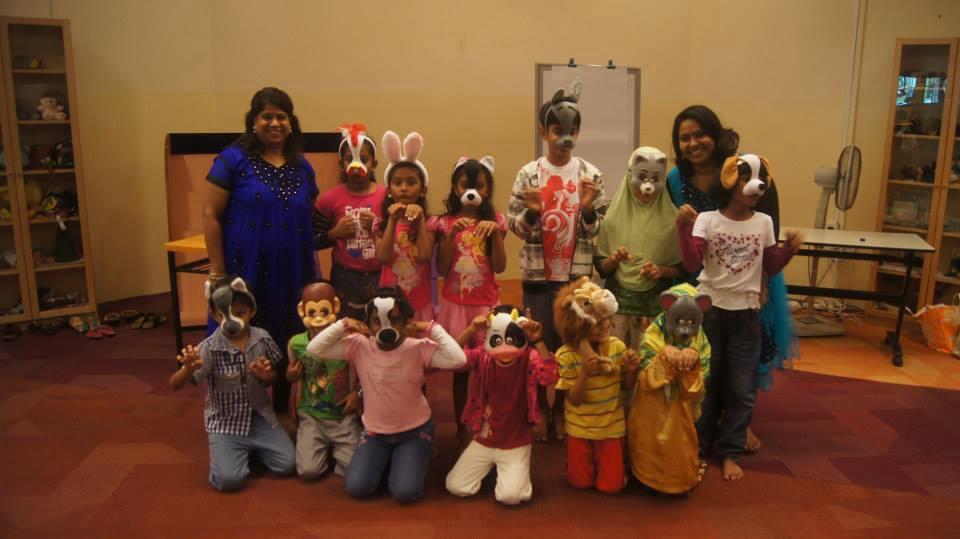 9. How do you think the festival has bern successful now?
9. How do you think the festival has bern successful now?
It is an entrenched feature in the calendar of Tamils in Singapore with a very wide reach and involvement of many sections of the Tamil Community. Also the main objective of the festival – to reach the younger generation has been accomplished or gone a mile further as the younger generations have started to participate more and do programs during the festival now.
Photos: Tamil Language Council
Also read
Realising the lack of conversational Tamil among the Tamils of Singapore, on 7.11.1992, the Singapore Tamil Teachers Union in its EXCO meeting, decided to start ‘Let’s speak Tamil campaign’ (தமிழில் பேசுவோம்).
On 13.2.1993, some members of STTU sent the banners and report of the ‘Let’s speak Tamil campaign’ to the schools. It was well received.
In line with this, STTU formed a committee and had a meeting with the Tamil community leaders on 4.9.1993 and ‘Tamil Language Committee’ (தமிழ் மொழி வார குழு) was formed under Mr Nirmalan Pillai.
In 1995, Tamil Language Week Committee(தமிழ் மொழி வார குழு) celebrated the 1st Tamil Language Week with 25 Tamil organisations as partners. Again it celebrated in 1997.
Both the years, various programs took place, targeting different age groups, which was well received. The slogan then was ‘Let us talk in sweet Tamil all time’ (இனிய தமிழில் எந்நாளும் பேசுவோம்).
Due to some reasons, it did not further continue.
In 2000, Tamil Language Council (வளர் தமிழ் இயக்கம்) was formed.
Source: from the book ‘தமிழும் நானும்’ My Journey by Mr C Samikannu published by Uma Publications, Malaysia in 2022
About Tamil Language Council
Tamil Language Council was formed in 2000 under the auspices of then Ministry of Information, Communications and the Arts (MICA).
The TLC aims to promote awareness and greater use of Tamil language within the Tamil speaking community in Singapore, especially young Tamil Singaporeans.
